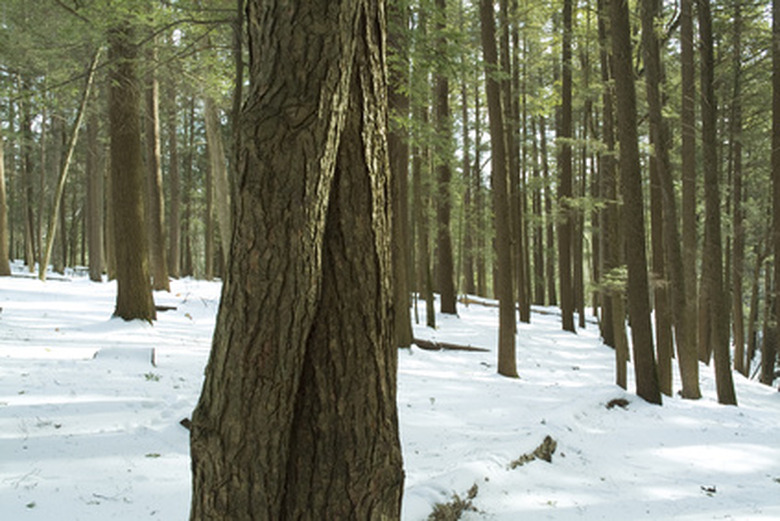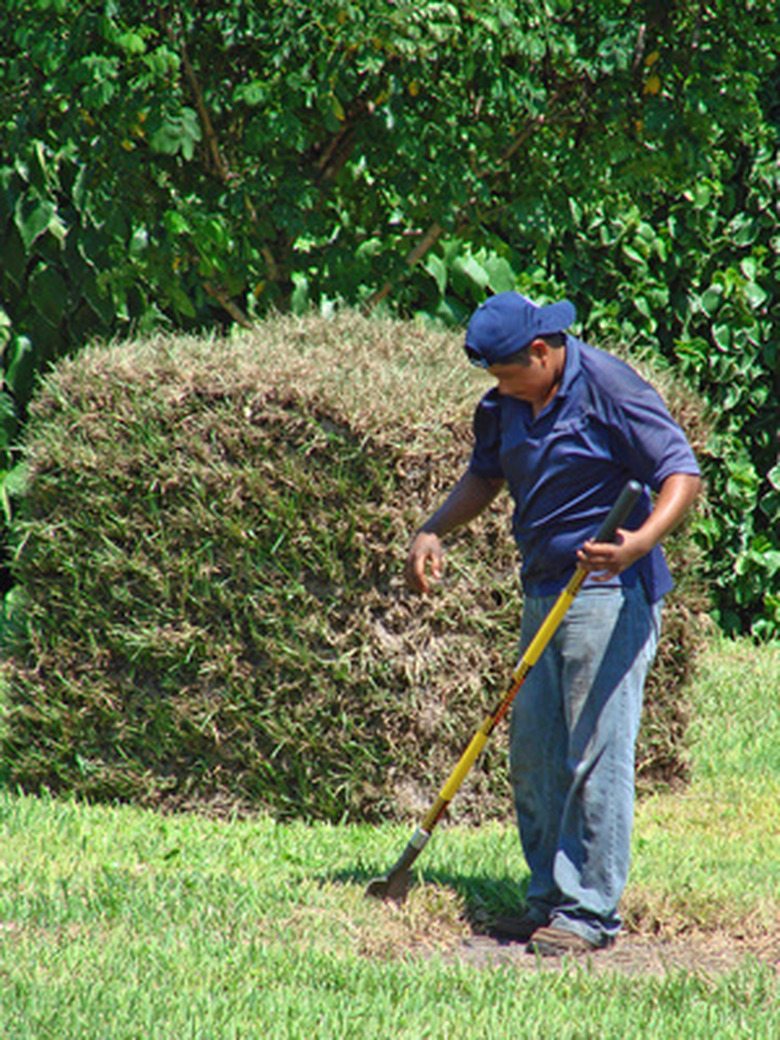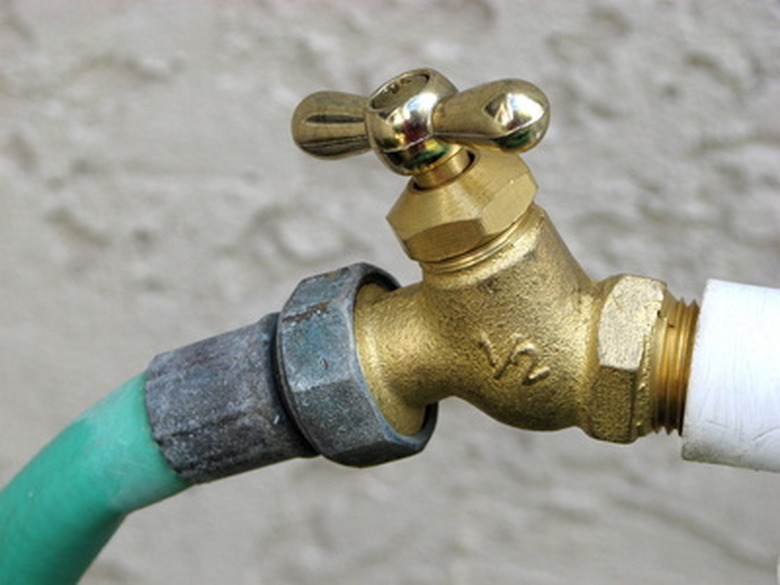How To Grow Hemlock Trees From Seed
The hemlock tree is one useful plant. The needles are used to make tea, the wood is harvested for flooring and the bark comes in handy in tanning leather. Four species of hemlock are native to the United States, two from the east (hardy to USDA zones 3 to 8) and two from the west (hardy to USDA zone 6). Growing a hemlock tree from seed is the easiest method of propagation for these graceful giants. Best of all, you can easily control their size by pruning and shaping them.
Step 1
Moisten a handful of coarse sand and place it in the plastic bag. Push the seeds into the sand, secure the top of the bag and place it in the refrigerator. Allow it to remain there for 3 to 4 months, or until the danger of frost has passed. Check the sand periodically to make sure it doesn't dry out. If it feels dry, spritz it with a misting bottle.
- The hemlock tree is one useful plant.
- Best of all, you can easily control their size by pruning and shaping them.
Step 2
Choose a spot to plant your hemlock trees. Eastern hemlock prefers partial sun but can thrive in full sun to partial shade. While the western hemlock grows best in full sun, it will tolerate partial shade. See the Tips for soil recommendations.
Step 3
Dig up the planting area in the garden or lawn to a depth of 8 inches. Pour a 2-inch layer of sand and a 2-inch layer of compost onto the soil and, using the gardening fork, mix in well with the existing soil to a depth of 6 inches.
Step 4
Plant the hemlock seeds 1/2 inch deep and cover with soil. If you are using the hemlocks as privacy hedging, plant the seeds 4, 6, or 8 feet apart, depending upon how dense you would like the hedge to be. Place a marker on the site so that you will remember where you planted the seeds.
- Choose a spot to plant your hemlock trees.
- If you are using the hemlocks as privacy hedging, plant the seeds 4, 6, or 8 feet apart, depending upon how dense you would like the hedge to be.
Step 5
Water the area with the fine mist setting on your hose and keep the soil moist, not soggy, until the seeds sprout. This should occur within 60 days. Give the saplings one to two inches of water a week.
Step 6
Protect the new saplings from predators by building a cage around each one with chicken wire.
Tip
The hemlock tree will grow slowly at first, so don't be alarmed. It is putting its efforts into producing a strong root system. Hemlocks prefer mildly acidic to neutral soil, but will do well in acidic to alkaline soils as long they are not too extreme. Moist fertile soils with good drainage are best.
Things Needed
- Coarse sand
- Plastic bag
- Gardening fork
- Compost
- Chicken wire


